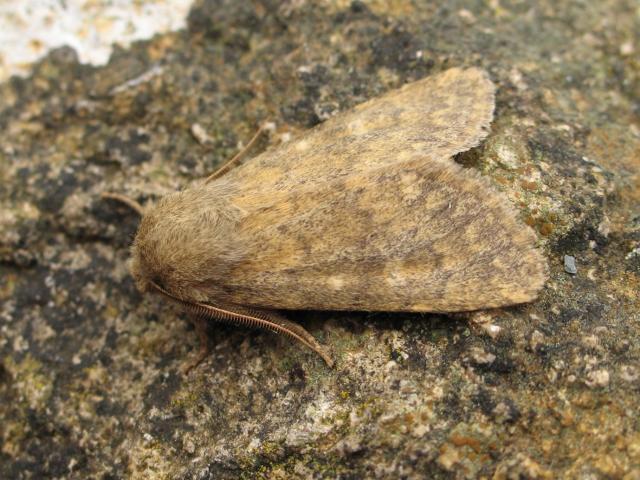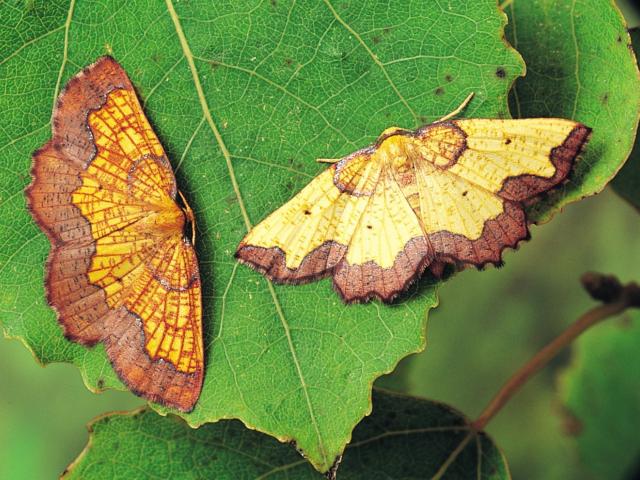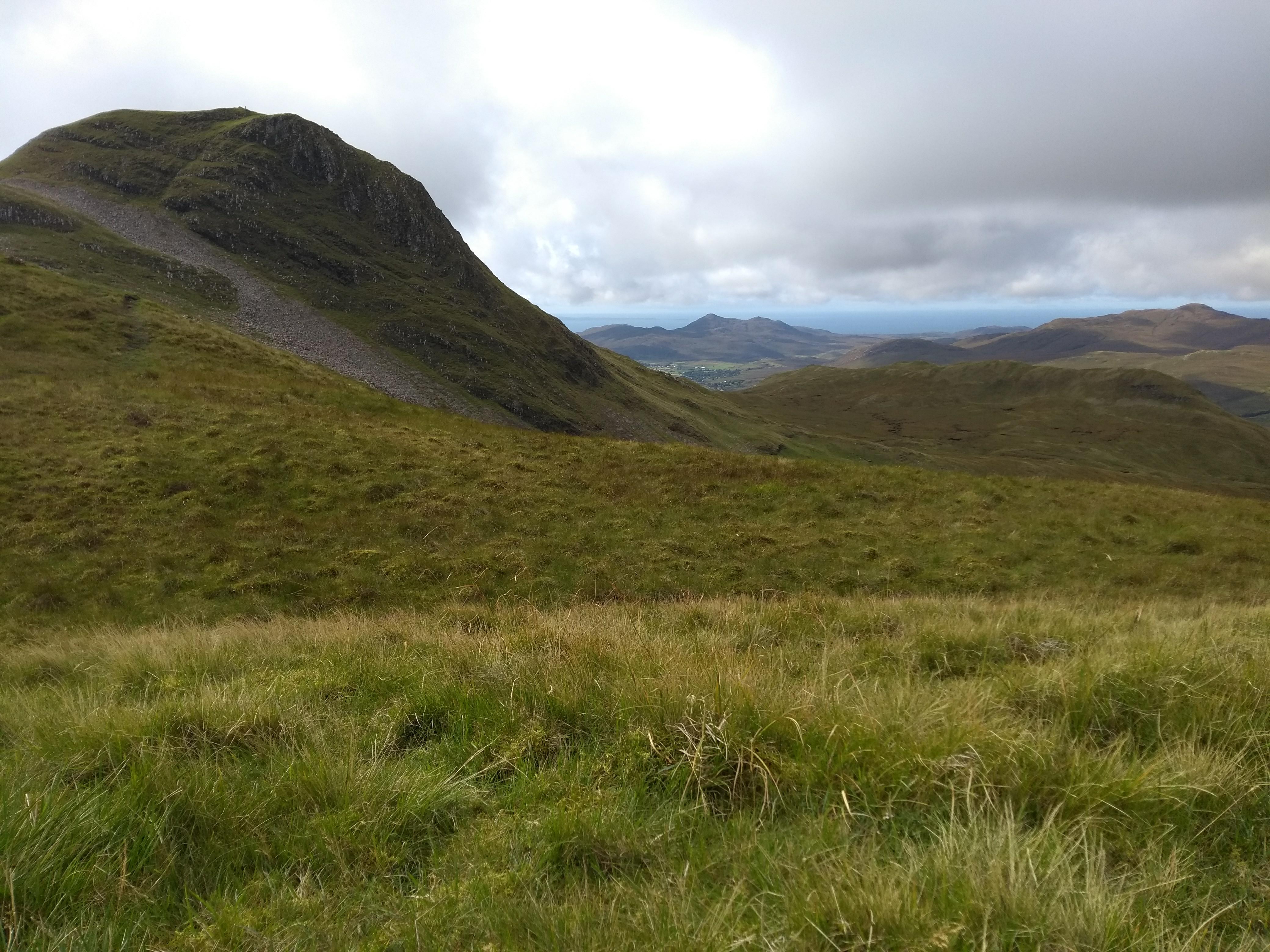In this blog, Tom Prescott, Butterfly Conservation’s Senior Conservation Officer for Scotland, talks about the important role butterflies and moths play in indicating the health of our environment.
Species are the building blocks of our natural environment.
Moths play an important role in telling us about the health of our environment since they are widespread, found in many different habitats, and are highly sensitive to environmental change. Their value as part of the food chain and in providing pollination services, as well as in providing cultural services, make them ideal indicator species.
Monitoring their numbers and distribution can provide clues to changes in the environment, such as the effects on wildlife of new farming practices, land-use changes e.g. afforestation, air pollution, and climate change.
On average, moth abundance in Scotland has declined by 29% since 1975 and has almost halved since 1990 (46% decline to 2018). Over the last 29 years, almost five times as many species have significantly decreased in abundance compared to species showing significant increases (87 vs 18 species). For example, the Brindled Ochre, an upland species in trouble, has declined in both abundance (62% fall between 1975 and 2018) and distribution (39% fall between 1990 and 2016).

However, targeted action undertaken on some of our rarest and most threatened species can help to halt and reverse this situation. One species we have been working on, in partnership with other organisations and landowners, is Dark Bordered Beauty.
Dark Bordered Beauty is a rare and highly specialised species, with only three populations in Scotland, and one in England. In Scotland the caterpillars feeds exclusively on the leaves of short Aspen suckers upto 1.5m in height. Apsen is very palatable and is preferentially grazed and browsed by deer, livestock and rabbits, so suckers are absent from many Aspen woodlands. It is therefore essential to either eliminate or severely reduce grazing to encourage suckering. However, the moth is also a poor disperser so will only conlonise new sites if they are within a few hundred metres of existing populations.

For the Dark Bordered Beauty, only targeted action can improve the fortunes of this very rare and specialised species.
Armed with this information, we are planning to undertake positive management by erecting fencing to exclude graziers and encourage suckering at ten sites. Some sites are close to existing populations which the moth can colonise naturally, but others are further afield and will be aided through an Assisted Colonisation to create new populations.
This work is only possible through funding from NatureScot’s Nature Recovery Fund and Dark Bordered Beauty being recognised as a priority species on the Scottish Biodiversity List.
We, therefore, need a Strategy to include a national programme of species recovery that reverses this loss of wildlife for both the currently common and widespread species that continue to decline, as well as the more threatened and scarce species like Dark Bordered Beauty.
Take action
Nature is in trouble, but we have a chance to turn things around. It’s time to have your say on Scotland’s next Biodiversity Strategy. Show the Scottish Government the action they need to take by sharing your views here: https://e-activist.com/page/108944/action/1?ea.tracking.id=part_butterflyscot


